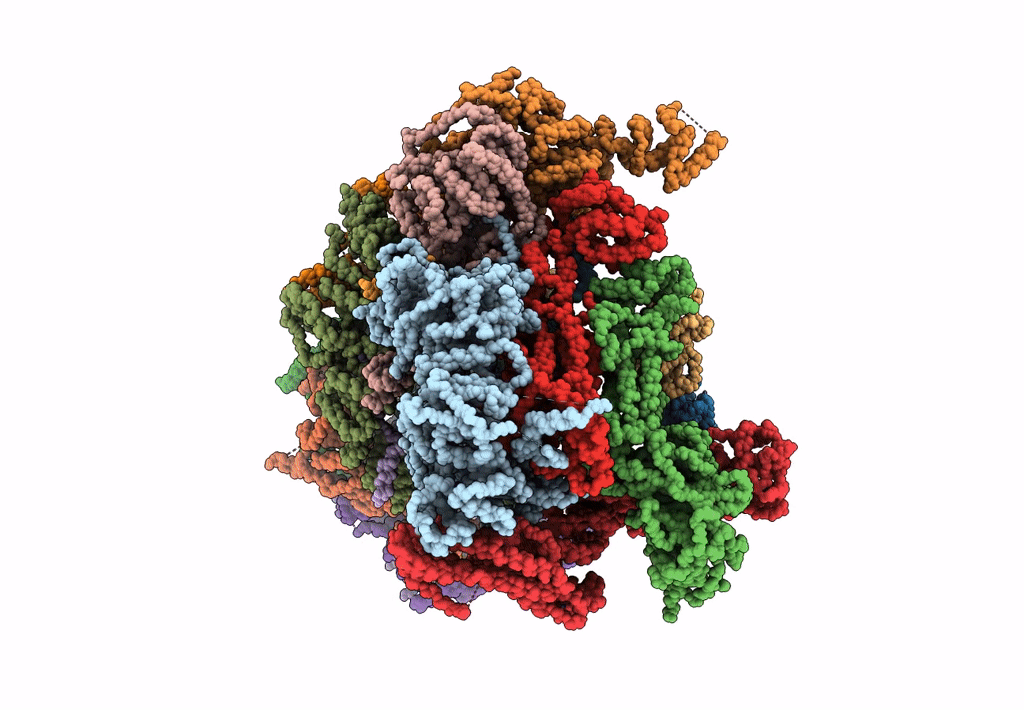
Deposition Date
2023-06-27
Release Date
2023-09-27
Last Version Date
2023-11-22
Method Details:
Experimental Method:
Resolution:
4.00 Å
Aggregation State:
PARTICLE
Reconstruction Method:
SINGLE PARTICLE


